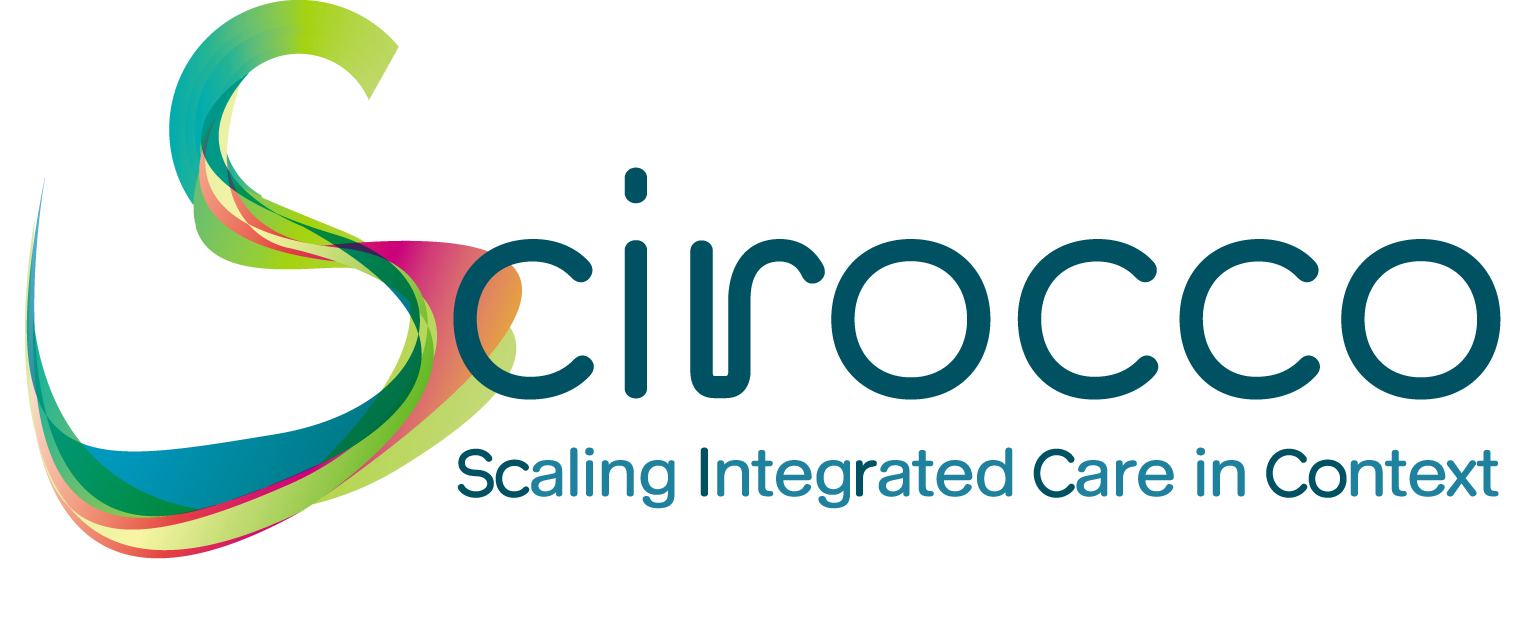Good Practices Overview | Basque Country | Czech Republic | Norrbotten | Puglia | Scotland
 Malnutrition in the Elderly and Hospital Stay
Malnutrition in the Elderly and Hospital Stay
Summary of the good practice:
According to the literature malnutrition affects 60% of the people admitted in nursing homes, 40% of hospitalized, and about 5% of the general population. Malnutrition slows recovery, increases the average length of stay and increases the cost (up to 50%) of early readmission rates, increases susceptibility to infection and increases mortality.
We note that in our clinical practice, there is no systematic nutritional assessment of elderly patients, being an entity unrecognized and untreated, that can be prevented and limited.
It is a preventable public health problem cost.
Likewise, the systematic introduction of the nutritional assessment at hospital admission and adequate dietary prescription are related to the evolution of the disease, taking into account occurrence of complications (bedsores, infections and bone fractures), mortality, days of stay and readmissions.
We want to know the prevalence of malnutrition in elderly patients admitted to the network of public hospitals in the Basque Country and its clinical consequences, in order to promote a strategic line that affects all levels of care (primary care and geriatric residences). This strategy aims to address the nutritional status of our elderly patients through a multidisciplinary, comprehensive and efficient way.
URL: n/a
Challenge addressed by the good practice
During the intervention:
- Primary and secondary prevention of malnutrition in the elderly people and hospital complications (infections, fractures, bedsores and mortality)
- To maximize multidisciplinary, comprehensive and integrated patient care
- Improving the quality of life and patient safety
After the intervention:
- To contribute to the sustainability of the health system: Reduce the average length of stay and readmissions of patients.
- Promote the design of a strategy in the Basque Country in which nutritional assessment and the multidisciplinary intervention is part of the integrated care of elderly patients.
Key innovative elements of the good practice
- Introduction of a screening tool and a suitable nutritional assessment of elderly patients at hospital admission (included in the Emergency Department) in the overall assessment of the routine clinical practice,
- Diagnosis of malnourished patients and patients at risk of malnutrition in the report of Emergency Department – Adequate nutritional contribution according to the needs of each patient
- Multidisciplinary monitoring of the nutritional status of patients during their hospital stay
- Diagnosis of malnourished patients and patients at risk and a series of recommendations included in the hospital discharge report to guide the follow-up by primary care and geriatric centres.
- Full Scirocco information on the good practice
SciroccoGP-Basque-1-Malnutrition-in-the-Elderly-and-Hospital-Stay.pdf [PDF]
Publications and reports on the good practice
Agreed evidence. Evidence is based on an agreed established monitoring system/process before and after implementation of the Good Practice
Data resulting from our practice are consistent with those found in the literature and in expert forums, so its implementation and extension is justified.
http://www.nutricionhospitalaria.com/pdf/3317.pdf
http://scielo.isciii.es/pdf/nh/v25n6/original15.pdf
Contact point: Alejandra Gil Molet; a.gil.molet@osakidetza.eus


